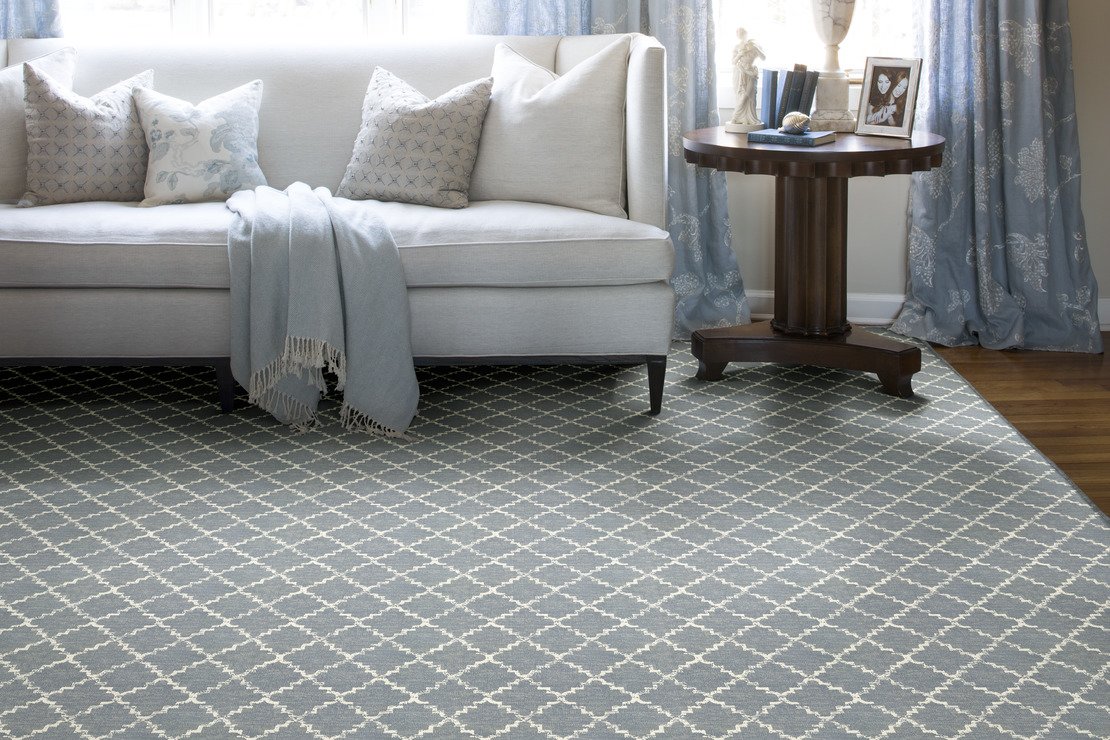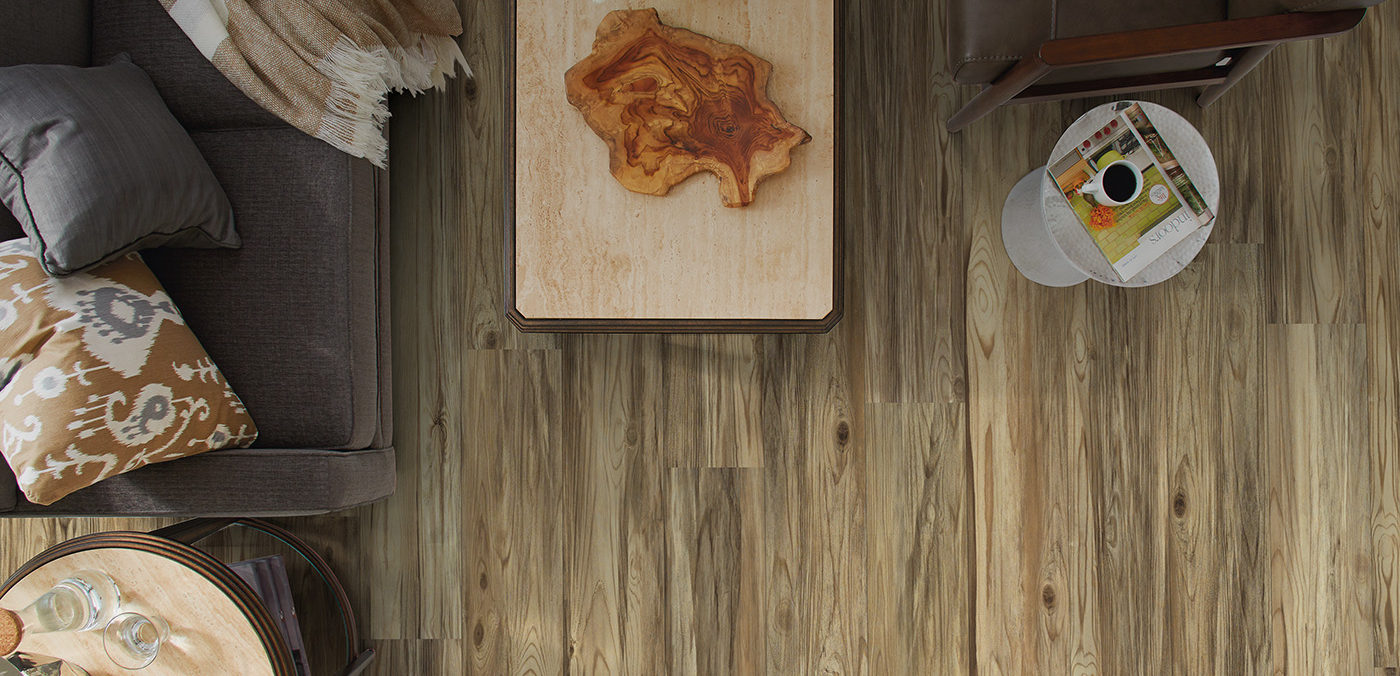
Interior Design Tips & Tricks: Mixing And Incorporating Patterns
Some people are just obsessed with patterns. If you are one of them then this article is perfect for you. All of us know that even though patterns are an amazing way to decorate, achieving visual harmony with them is really hard. To help you out, along with our team of expert designers, we gathered some useful information on how to mix various patterns so that you achieve the perfect look. Here is what you should know to incorporate and mix your patterned carpets, pillow covers, and curtains the right way:
COLLECT YOUR FAVORITE PATTERNS
A good interior designer always knows to keep an inspiration board close by. So before you start redecorating your place, do a bit of research and find at least 5 patterns that have caught your eye.
You can look for inspiration on Pinterest and Instagram with using hashtags like #patterndesign and #interiordecor, but, you can try to design a few patterns on your own. If you are a DIY pattern maker, look for inspiration in things near you such as plants, gardens, artwork, city life, and animals.
PICK 3 PATTERNS YOU LIKE
After you finally complete your pattern inspiration board, it’s time to get over to the hard part – picking the top 3. (Experts suggest adding no less than 3 patterns into your room. Of course, everything depends on the overall design)
There are many popular types of pattern, including polka dots, stripes, tropical, houndstooth, damask, and gingham. And that’s the main reason why choosing only 3 patterns is really difficult. But you can always follow these steps to make the entire process much easier:
-
The primary pattern: Choose a large print pattern in which a specific object is highlighted. The object shouldn’t be smaller than the palm of your hand.
-
The supporting pattern: Your second patterns should either complement or contrast the first. The object in the pattern should be twice as smaller as the one from the first pattern.
-
The harmonizer: The last and final pattern you chose should tie together the previous two. There aren’t many rules for choosing it, except that it should be similar to one of the two.

Example of Patterned Carpets Being Mixed Coherently With Other Patterns To Complete a Room.
COLOR INTENSITY IN PATTERN MIXING
Color intensity, also known as saturation is a very important part in interior design. If you aren’t familiar with these terms, know that they signify how vivid the color is. Less saturation means a darker, greyish shade and more saturation means a brighter, more vivid shade.
The rule of thumb is that colors with higher intensity overthrow colors with low intensity. And since patterns are filled with various colors, you should combine them very carefully to avoid overthrowing a certain color. Wondering how to do this?
Well, mix the patterns so that each of them have colors with similar saturation. For example, choose three patterns with darker colors (lower saturation) in one room, and three patterns with brighter colors (high saturation) for the other.
WHERE TO ADD PATTERNS?
We mentioned how the balance in color intensity is the key for mixing and incorporating patterns in a room. But, we didn’t mention how this balance also enables us to combine different types of patterns with one another.
That is how successful designers manage to pull off a combination of polka dots with stripes and florals with eclectic. Point being: Patterns can be incorporated literally everywhere and on every type of design so don’t be afraid to choose patterned carpets, drapery, pillow covers, wallpaper, and even refrigerators.





-
Tagged flooring, lvp flooring, vinyl, vinyl flooring, vinyl plank